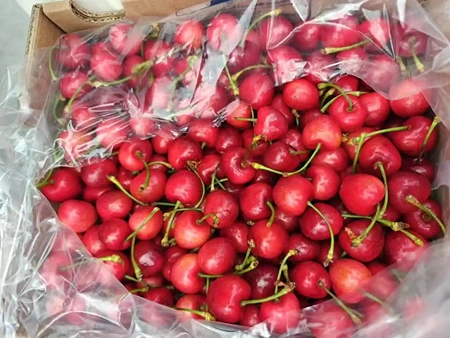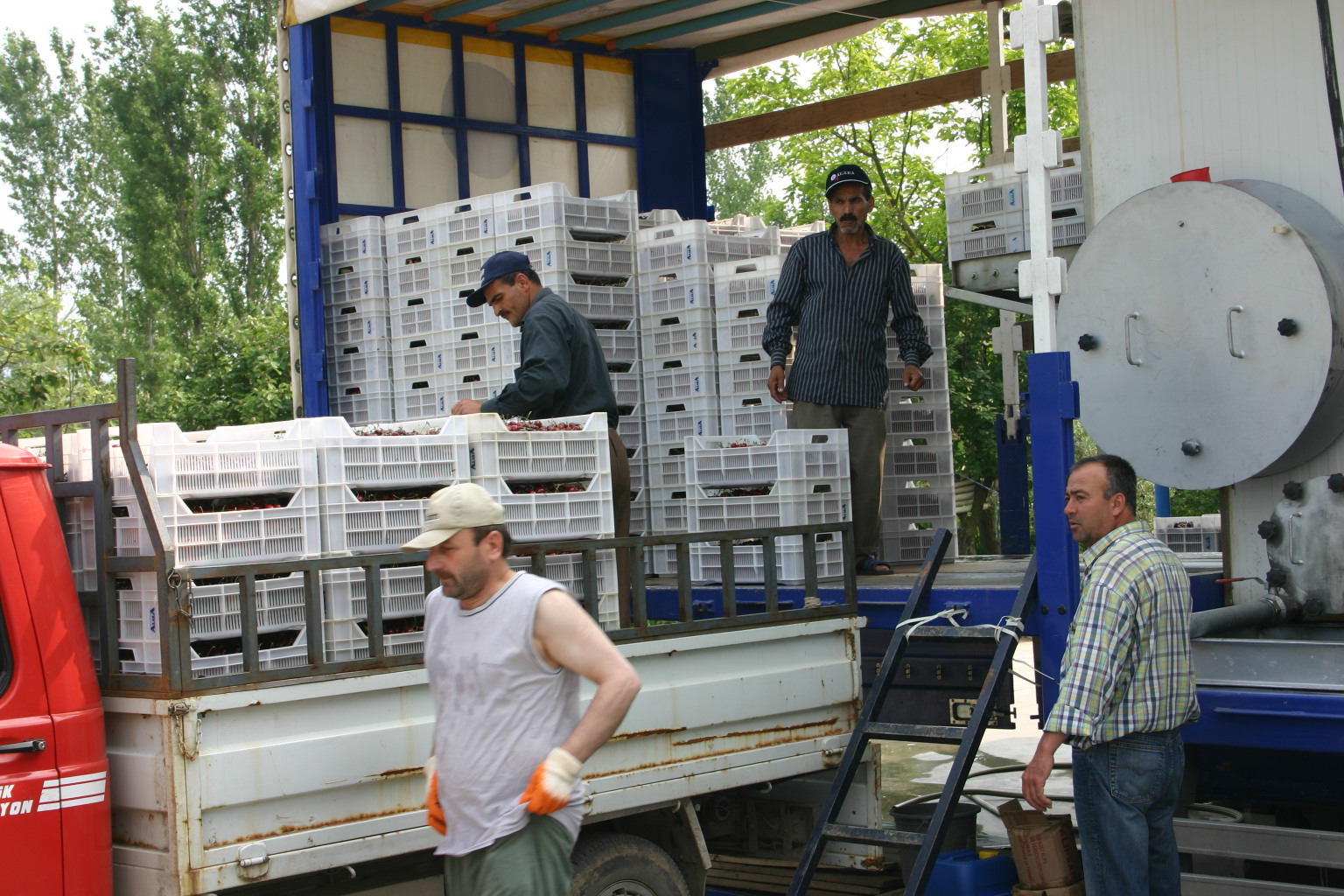In the coming decades, food insecurity due to water scarcity and climate change will become a serious issue in certain areas of the world, while in some others, water demand will exceed supply.
Among the first ones, South Africa will likely be vulnerable. Moreover, it is predicted that with current trends in water usage, it will experience a water deficit of 17% by 2030, and climate change will only exacerbate this shortage. This increasing competition for water resources has created the need for accurate quantitative information on orchard water use. In the case of irrigation water measurement using water meters or indirect methods, operational and economic challenges are involved.
Measurement stations have a limited coverage area, so they cannot capture heterogeneity within each farm or orchard, and sometimes they cannot even represent the whole orchard. It is possible to measure field ET using ground methods, however, it is labour-intensive and expensive.
Appropriate models must be used to extrapolate the measured information to other orchards since measuring every orchard’s water use is infeasible. In this case, water consumption maps of orchards can be derived from remotely sensed multispectral and thermal imagery. However, the quantification of ET is challenging in time and space, and a variety exists.
These methods include the empirical method, the land surface model, and the surface energy balance. Data obtained from remote sensing have been used in various models. Fruit tree water consumption associated with growth stages is crucial, and understanding the effects of water stress on tree functionality and the time of the year when stress levels are high can be estimated using remote sensing techniques.
Evaluation of NDVI and other parameters leads to understanding the sweet cherry tree stress management under rainfed conditions. This research aimed to evaluate the accuracy of high-resolution remotely sensed models for estimating evapotranspiration on cherry orchards by comparing them with in situ data collected from eddy covariance.
In particular, the study aimed to determine the water requirements and analyse the water stress levels during different growth stages of sweet cherry trees under rainfed conditions over the eastern Free State in South Africa, using remote sensing. In situ measurements were conducted at the sweet cherry orchard (IONIA Sweet Cherry Farm, Ficksburg, South Africa).
There is an imminent need for reliable methods that provide information about the temporal and spatial variability of crop water requirements, allowing farmers to make irrigation decisions at the field scale. This study estimates the evapotranspiration and water stress of sweet cherry orchards in the eastern Free State region of South Africa during 2016/17, 2017/18, 2028/19 and 2019/20 growing seasons by combining a simple surface energy balance model with remote sensing data.
A data set of the vegetation index NDVI derived from Landsat-8 and 9 was used to facilitate the estimation of the basal crop coefficient, water stress coefficient, evapotranspiration, and normalised differential vegetation index (NDVI) was derived from remotely sensed canopy thermal-based methods.
Verification and validation of the surface energy balance algorithm (SEBAL) model daily evapotranspiration estimates were done using eddy-covariance data collected in the same orchards, yielding an R2≥0.8 and average root mean square errors (RMSE) of 0.96 mm day‑1.
It is concluded that the combination of crop evapotranspiration models with remotely sensed data helps determine the stress levels of sweet cherry trees at different growth stages and will be used as an extrapolation tool for agricultural water management and planning in other parts of South Africa where sweet cherries are produced and in need of improving irrigation information from tree to orchard scale.
The combination of crop evapotranspiration models generated from remotely sensed data improved stress level detection in sweet cherry trees at different growth stages. This approach is likely to be adopted for agricultural water management and planning in other South African cherry production regions in need of improving irrigation information from tree to orchard scale.
Source: Tharaga, P.C. and Dlamini, L. (2024). Evapotranspiration and water stress assessment in a sweet cherry orchard using in-situ and remote sensing techniques. Acta Hortic. 1395, 15-22 DOI: 10.17660/ActaHortic.2024.1395.3 https://doi.org/10.17660/ActaHortic.2024.1395.3
Image: SL Fruit Service
Melissa Venturi
University of Bologna (IT)
Cherry Times - All rights reserved












